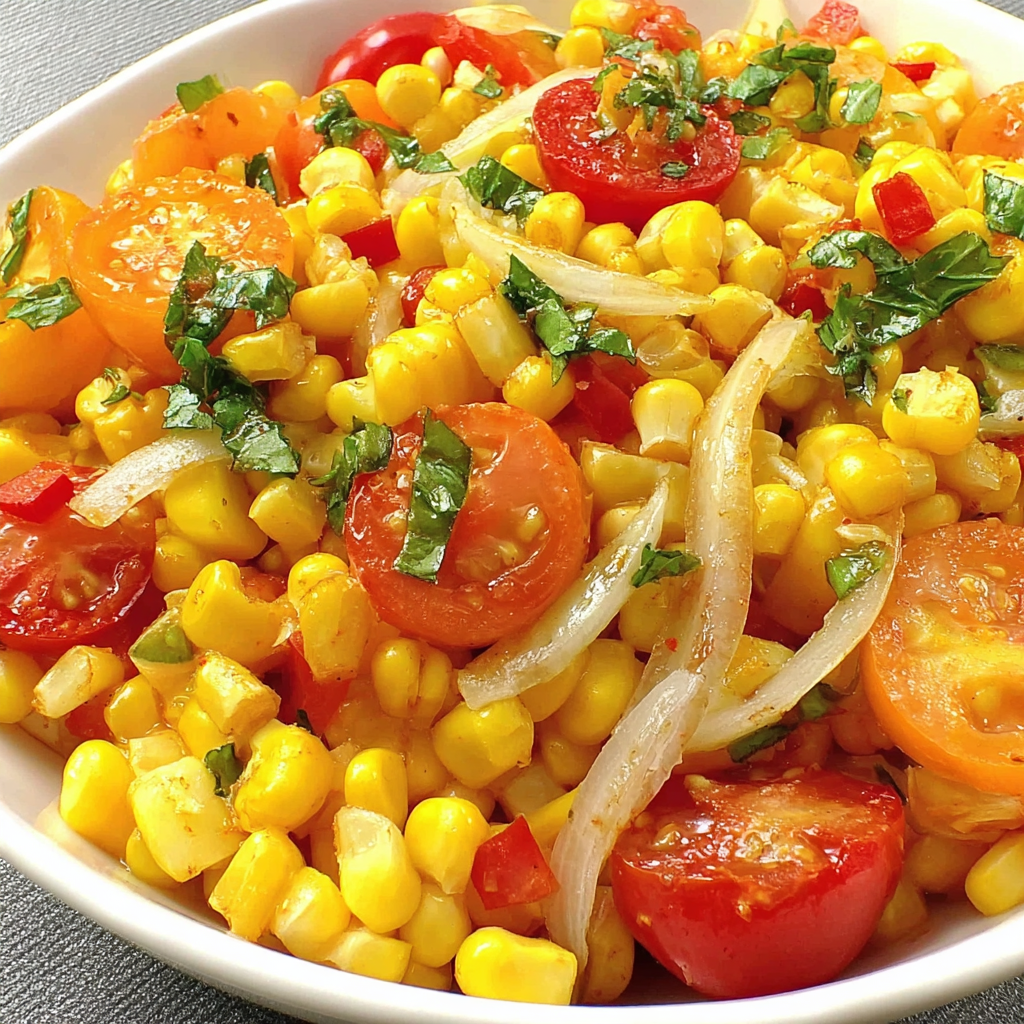Easy Chicken Broth Gravy

Quick, smooth, and buttery gravy made with store-bought chicken or turkey broth—perfect for holidays or everyday dinners and ready in under 20 minutes.
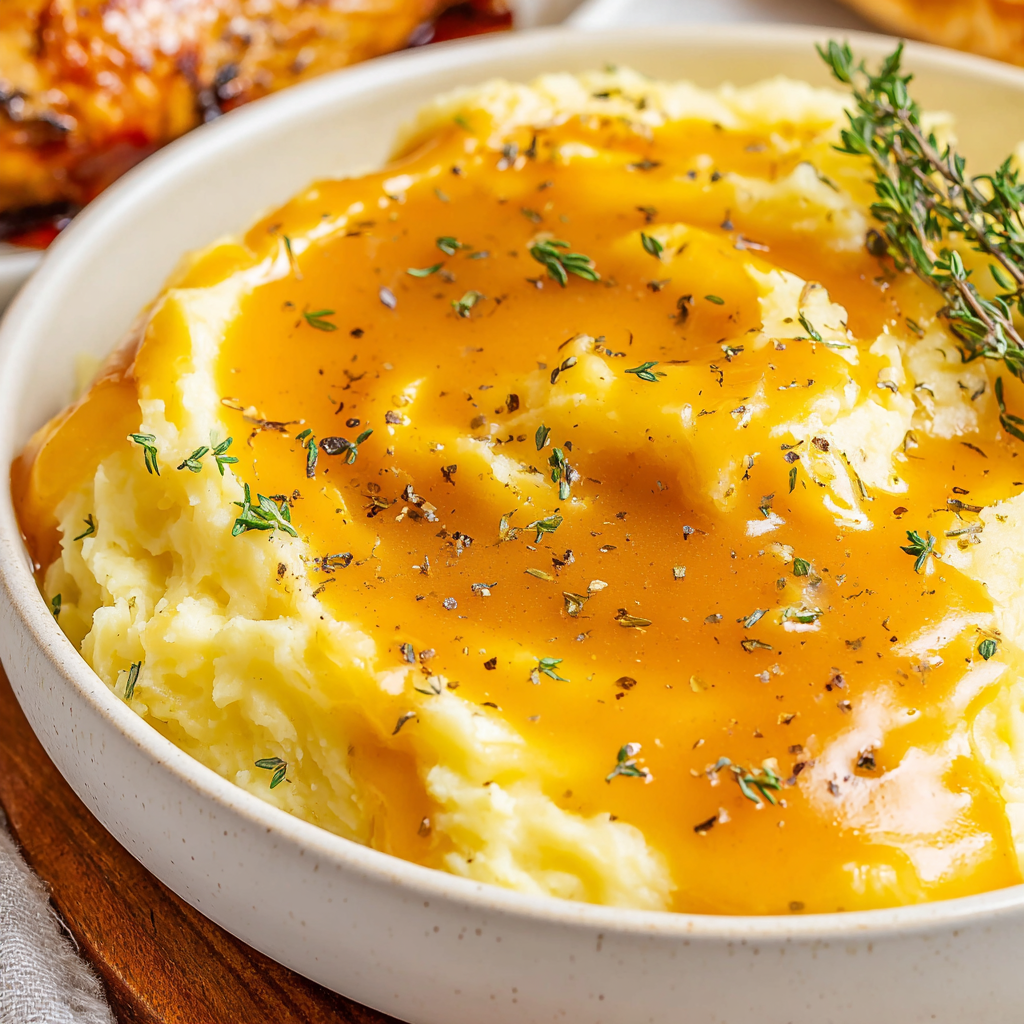
This easy chicken broth gravy has been my secret shortcut for years whenever I don’t have pan drippings but still want a deeply satisfying, silky sauce to spoon over mashed potatoes, roasted turkey, or roasted chicken. I first developed this version during a busy Thanksgiving prep when my roasting pan yielded less drippings than expected. Using a good-quality store-bought chicken or turkey broth, a properly cooked roux, and a few pantry seasonings, I was able to create a gravy that tasted homemade—rich, buttery, and perfectly seasoned—without the stress of hauling out the roasting pan at the last minute.
What makes this method special is its consistency and reliability. The roux provides body and a faint toasted flavor, while the broth brings the savory backbone. The addition of poultry seasoning and ground thyme gives the sauce an aromatic lift you expect on holiday tables. Over the years, this recipe has rescued midweek dinners and holiday spreads alike: it smooths out weeknight roasted chicken, elevates leftover turkey, and always gets my family to scrape the serving bowl clean.
Why You'll Love This Recipe
- Ready in about 18 minutes from start to finish—5 minutes active prep and roughly 13 minutes simmer—so it’s ideal for busy holiday timelines or quick family suppers.
- Uses pantry staples and store-bought broth, which means no reliance on drippings, making it consistent and convenient every time.
- Produces a luxuriously smooth, buttery texture thanks to a classic roux—no lumps when you whisk slowly and steadily.
- Flexible seasoning: start with the suggested amounts and adjust to taste, so it works for reduced-sodium broths or heartier commercial brands.
- Make-ahead friendly: cool completely and refrigerate for up to 4 days or freeze for up to 3 months—great for meal prep or holiday staging.
My family’s reaction the first time I swapped in this gravy for pan drippings was priceless: everyone assumed I’d spent longer at the stove. Since then, I rely on it whenever time is tight or when I want a dependable, crowd-pleasing sauce. It’s one of those small tricks that keeps dinners stress-free and delicious.
Ingredients
- Unsalted butter (1/4 cup): Use good-quality unsalted butter so you control the salt level. I prefer European-style butter when I have it for the slightly higher butterfat, but standard unsalted sticks work perfectly.
- All-purpose flour (1/4 cup): Regular all-purpose flour achieves the traditional roux body. Measure with a dry measuring cup and level off for accuracy; this gives the gravy predictable thickness.
- Chicken or turkey broth (2 cups): I usually use reduced-sodium broth so I can season to taste. If using regular sodium broth, start with less added salt. Brands I trust include Pacific Foods and Swanson; for richer flavor, choose a low-sodium roasted chicken broth.
- Poultry seasoning (1 1/4 teaspoons): Adds warm, herby depth. Start with 1 teaspoon, taste, and increase to 1 1/4 teaspoon if you want a bolder holiday flavor.
- Ground thyme (1/2 teaspoon): Reinforces the poultry-seasoning notes with a clear thyme aroma. Use freshly ground if possible for the most fragrant result.
- Kosher salt and freshly ground black pepper (1/2 teaspoon each, adjust to taste): These finish the gravy—add gradually and taste. If your broth is regular sodium, reduce the salt here and season after simmering.
Instructions
Melt the butter: Place a large saucepan over medium-high heat and add 1/4 cup unsalted butter. Allow it to melt completely and begin to foam slightly—this takes about 1 to 2 minutes. You want the butter hot enough that flour will sizzle when added, but not brown the butter. This step warms the pan and primes the fat for the roux. Make the roux: Sprinkle 1/4 cup all-purpose flour into the melted butter, then whisk vigorously to combine. Continue cooking and whisking for 2 to 3 minutes until the mixture smells toasty and reaches a light golden color. This cooks out the raw flour taste and builds the gravy’s body. Keep the whisk moving to avoid scorching—if the roux takes on a dark brown color, reduce heat and start over for the best flavor. Incorporate the broth: Slowly pour in 2 cups chicken or turkey broth in a thin, steady stream while whisking continuously. This helps prevent lumps and ensures a smooth texture. Bring the mixture to a gentle simmer and continue whisking until the sauce begins to thicken, about 2 minutes. If you see small clumps, whisk harder and press them against the side of the pan; the goal is a glossy, homogeneous sauce. Season and finish: Add 1 1/4 teaspoons poultry seasoning, 1/2 teaspoon ground thyme, and 1/2 teaspoon each kosher salt and freshly ground black pepper. Whisk and simmer over medium heat, stirring nearly continuously, until the gravy reaches your preferred thickness, usually 6 to 9 minutes. Taste and adjust salt or pepper. If using reduced-sodium broth, you may need an extra pinch of salt. Adjust consistency if needed: If the gravy is too thin, stir together a cornstarch slurry of 1 tablespoon cornstarch and 2 tablespoons cold water, then whisk it into the simmering gravy gradually until you reach the desired thickness. If it’s too thick, whisk in additional chicken broth, 1 tablespoon at a time. Keep the heat moderate to avoid breaking the sauce.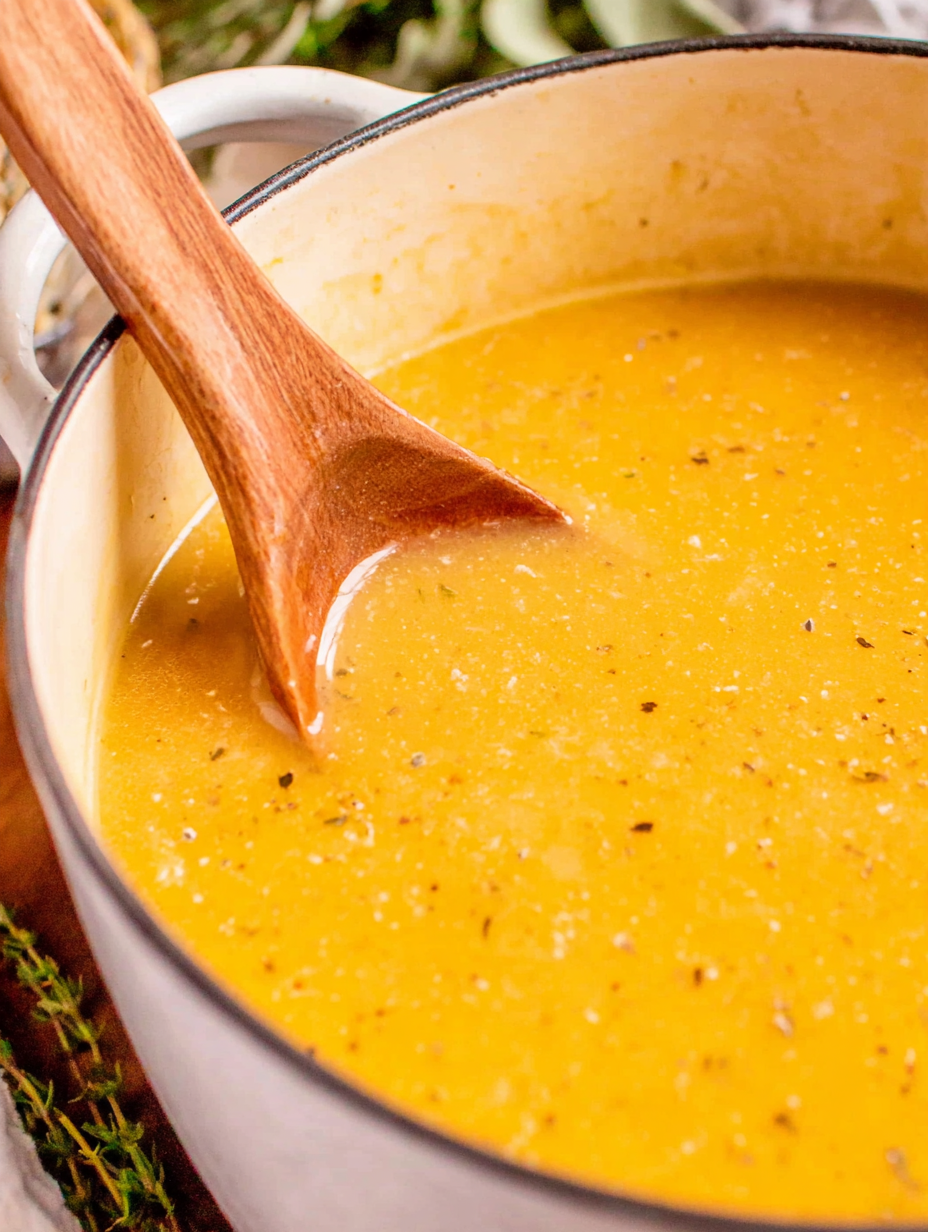
You Must Know
- Make the roux properly: cook the flour in butter for 2–3 minutes until lightly golden to remove raw flour taste and ensure the sauce thickens predictably.
- Use reduced-sodium broth if you want more control over salt; always taste and adjust after simmering rather than adding too much early on.
- Whisk constantly when adding the broth to prevent lumps; a steady stream and steady whisking is the key to a smooth finish.
- This sauce freezes well for up to 3 months; reheat gently and whisk in a splash of broth if it tightens during freezing.
One of my favorite parts about this gravy is how reliably it performs for large gatherings. I’ve reheated it twice for buffet lines—warming gently in a saucepan and adding a little extra broth to keep it glossy—and it still held up beautifully. Friends who prefer their gravies extra-herby appreciate the poultry seasoning, while purists can reduce it for a purer chicken flavor.
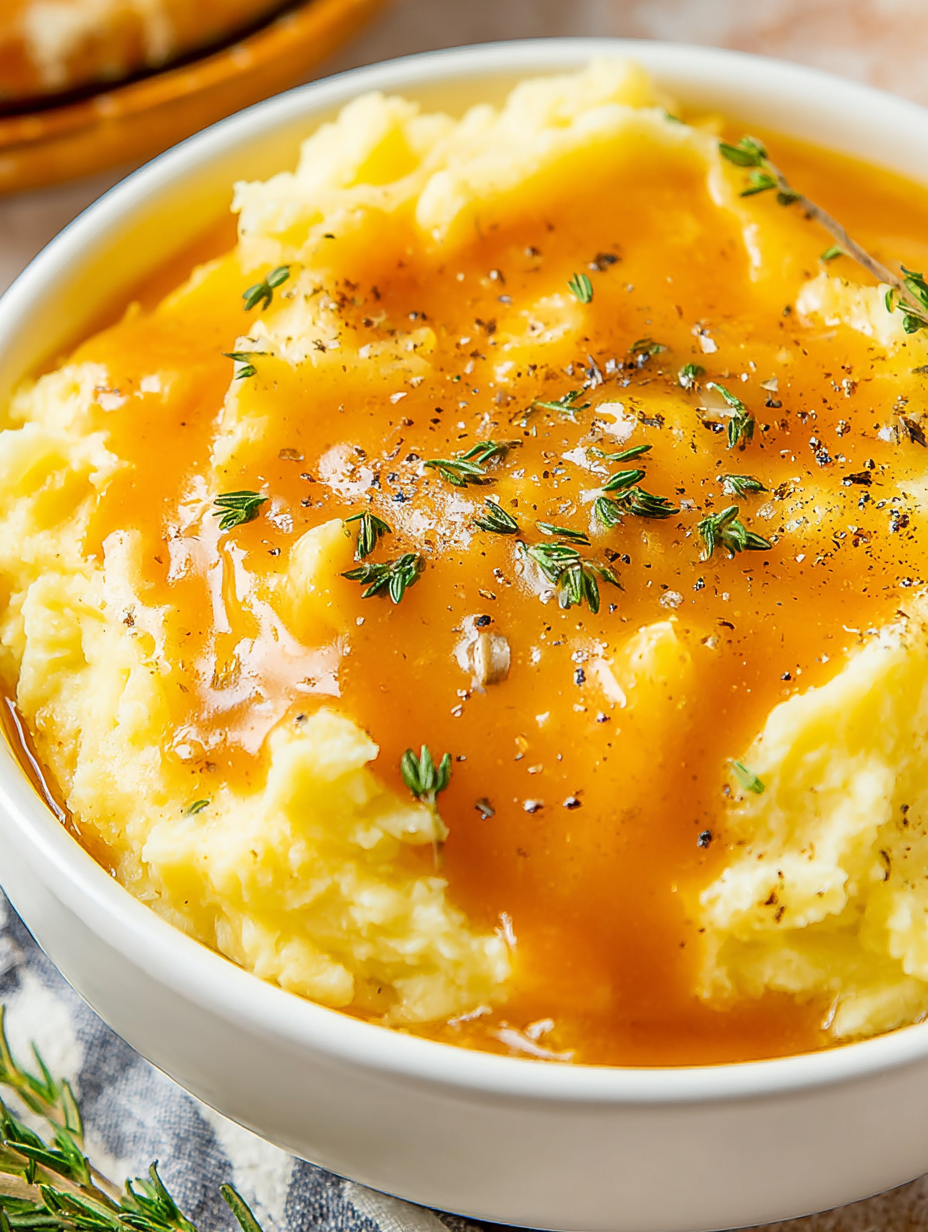
Storage Tips
Cool gravy fully before storing to avoid condensation in the container. Transfer to an airtight container and refrigerate for up to 4 days. For longer storage, freeze in portions in freezer-safe containers or heavy-duty freezer bags for up to 3 months; lay bags flat to save space. When reheating, thaw overnight in the refrigerator if frozen, then warm gently in a saucepan over low heat while whisking; add a few tablespoons of warm broth if the sauce has tightened or separated slightly. Microwave reheating works for small portions—use a microwave-safe cup and heat in 20–30 second bursts, whisking in between.
Ingredient Substitutions
If you need gluten-free gravy, replace the all-purpose flour roux with a cornstarch slurry: mix 1 tablespoon cornstarch with 2 tablespoons cold water and whisk into warm broth. For a dairy-free version, substitute unsalted butter with plant-based margarine or neutral oil (use a high-quality vegetable oil or olive oil) and proceed with the roux or an adjusted slurry. If you prefer a deeper flavor, swap half of the chicken broth for low-sodium beef broth for a richer brown gravy, or add a splash of dry white wine when you add the broth for a bright note. Be mindful that changes will alter color and flavor profile.
Serving Suggestions
This gravy is classic over mashed potatoes, carved turkey, roasted chicken, or stuffing. For a full holiday plate, spoon over creamy mashed potatoes and roast turkey, garnish with a sprig of fresh thyme, and serve alongside roasted root vegetables. For a midweek dinner, drizzle over pan-roasted chicken thighs and fresh green beans. If you want an elevated presentation, strain the gravy through a fine-mesh sieve after simmering for an ultra-silky finish and serve in a warmed gravy boat so it stays glossy at the table.
Cultural Background
Gravy has long been a cornerstone of American holiday cuisine, especially at Thanksgiving and Christmas, where sauces made from pan drippings or store-bought stock tie the meal together. Using a roux to thicken sauces traces back to French mother sauces; American cooks adapted the technique to make comforting brown gravies. This simple technique—browning flour in fat and building flavor with stock—bridges European technique and North American holiday tradition in a way that is both rustic and refined.
Seasonal Adaptations
In winter, bump up warming spices by adding a pinch of ground sage or a touch more poultry seasoning for holiday gravies. In spring or summer, lighten it with a splash of lemon juice or chopped fresh parsley stirred in at the end to brighten the flavor. For autumn, fold in a tablespoon of caramelized shallot or roasted garlic for deeper savory notes. These small seasonal swaps make the same basic method feel tailored to the rest of your menu.
Meal Prep Tips
Make a double batch of the gravy and portion into 1-cup containers for quick reheating throughout the week—perfect for plated dinners or spooning over baked potatoes. Label and date each container before freezing. When reheating from frozen, warm slowly over low heat to preserve texture; whisk in a little warm broth if the sauce separates or thickens during freezing. This approach saves time and ensures you always have a reliable sauce on hand for busy evenings.
With a few pantry staples and a little patience while you make the roux, you’ll produce a gravy that tastes like you spent all morning on it. Give it a try next time you need dependable, flavorful sauce—your mashed potatoes will thank you.
Pro Tips
Whisk constantly when adding broth to the roux to prevent lumps and achieve a glossy finish.
Use reduced-sodium broth to control salt level; always taste and adjust seasoning at the end.
To rescue a split gravy, whisk in a tablespoon of cold water or a little warm broth off-heat to bring it back together.
This nourishing easy chicken broth gravy recipe is sure to be a staple in your kitchen. Enjoy every moist, high protein slice — it is perfect for breakfast or as a wholesome snack any time.
FAQs about Recipes
What if my gravy is too thin or too thick?
If the gravy is too thin, whisk in a cornstarch slurry made from 1 tablespoon cornstarch and 2 tablespoons cold water. If too thick, add more chicken broth a tablespoon at a time.
How long does this gravy keep in the fridge or freezer?
Yes. Cool completely, store airtight in the fridge for up to 4 days, or freeze for up to 3 months. Thaw overnight in the fridge before reheating.
Tags
Easy Chicken Broth Gravy
This Easy Chicken Broth Gravy recipe makes perfectly juicy, tender, and flavorful steak every time! Serve with potatoes and a side salad for an unforgettable dinner in under 30 minutes.

Instructions
Melt the butter
Place a large saucepan over medium-high heat and add 1/4 cup unsalted butter. Allow it to melt completely and foam slightly for 1 to 2 minutes—hot but not browned.
Make the roux
Sprinkle 1/4 cup all-purpose flour into the melted butter and whisk continuously for 2 to 3 minutes until the mixture is lightly golden and toasty-smelling to cook out the raw flour taste.
Add the broth
Slowly pour in 2 cups chicken or turkey broth in a thin stream while whisking constantly to prevent lumps. Bring to a gentle simmer and whisk until the sauce begins to thicken, about 2 minutes.
Season and simmer
Stir in 1 1/4 teaspoons poultry seasoning, 1/2 teaspoon ground thyme, and 1/2 teaspoon each kosher salt and black pepper. Simmer over medium heat, whisking nearly continuously, until the gravy reaches desired thickness (6 to 9 minutes).
Adjust consistency
If too thin, whisk in a cornstarch slurry (1 tbsp cornstarch + 2 tbsp cold water) gradually until thickened. If too thick, whisk in extra chicken broth a tablespoon at a time.
Taste and serve
Taste and adjust seasoning. Serve warm over mashed potatoes, roasted chicken, or turkey. Store leftovers in an airtight container in the refrigerator for up to 4 days or freeze for up to 3 months.
Last Step: Please leave a rating and comment letting us know how you liked this recipe! This helps our business to thrive and continue providing free, high-quality recipes for you.
Nutrition
Did You Make This?
Leave a comment & rating below or tag
@yummique on social media!

Categories:
You might also like...
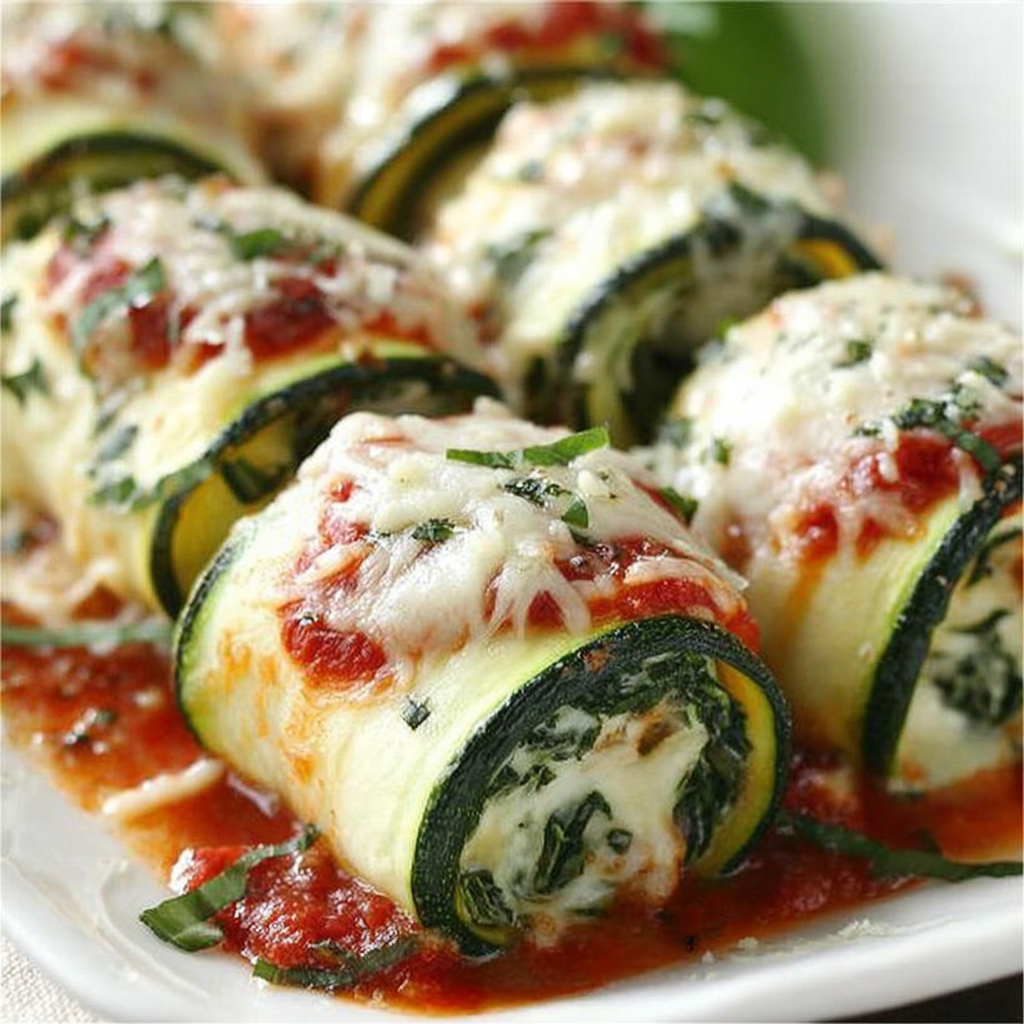
Cheesy Zucchini Rollatini Bake
Tender grilled zucchini wraps basil ricotta, bathed in marinara and mozzarella, baking into a bubbly, lighter Italian comfort dinner ready in 30 minutes.
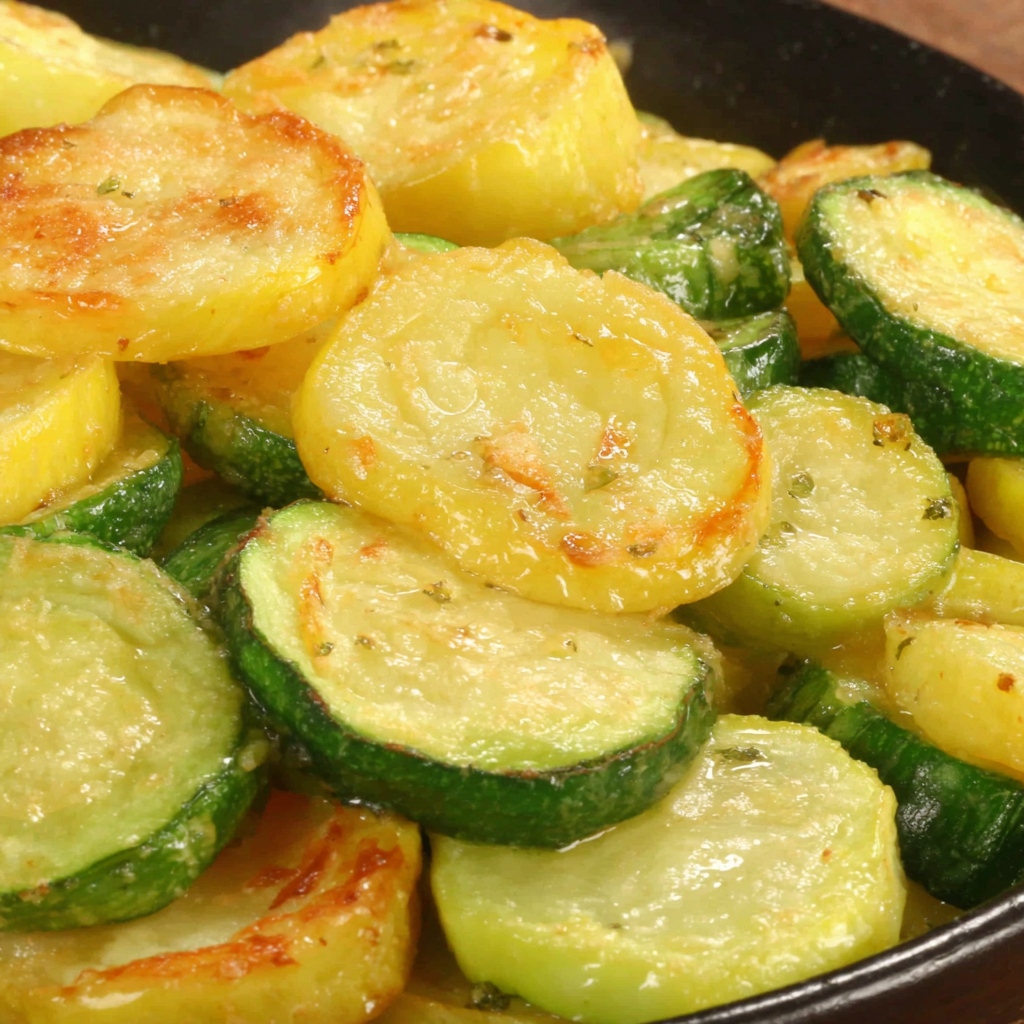
Air Fryer Zucchini and Squash
Crisp-edged, tender-in-the-middle zucchini and yellow squash made in 15 minutes with pantry spices. A vibrant, veggie-forward side everyone devours.
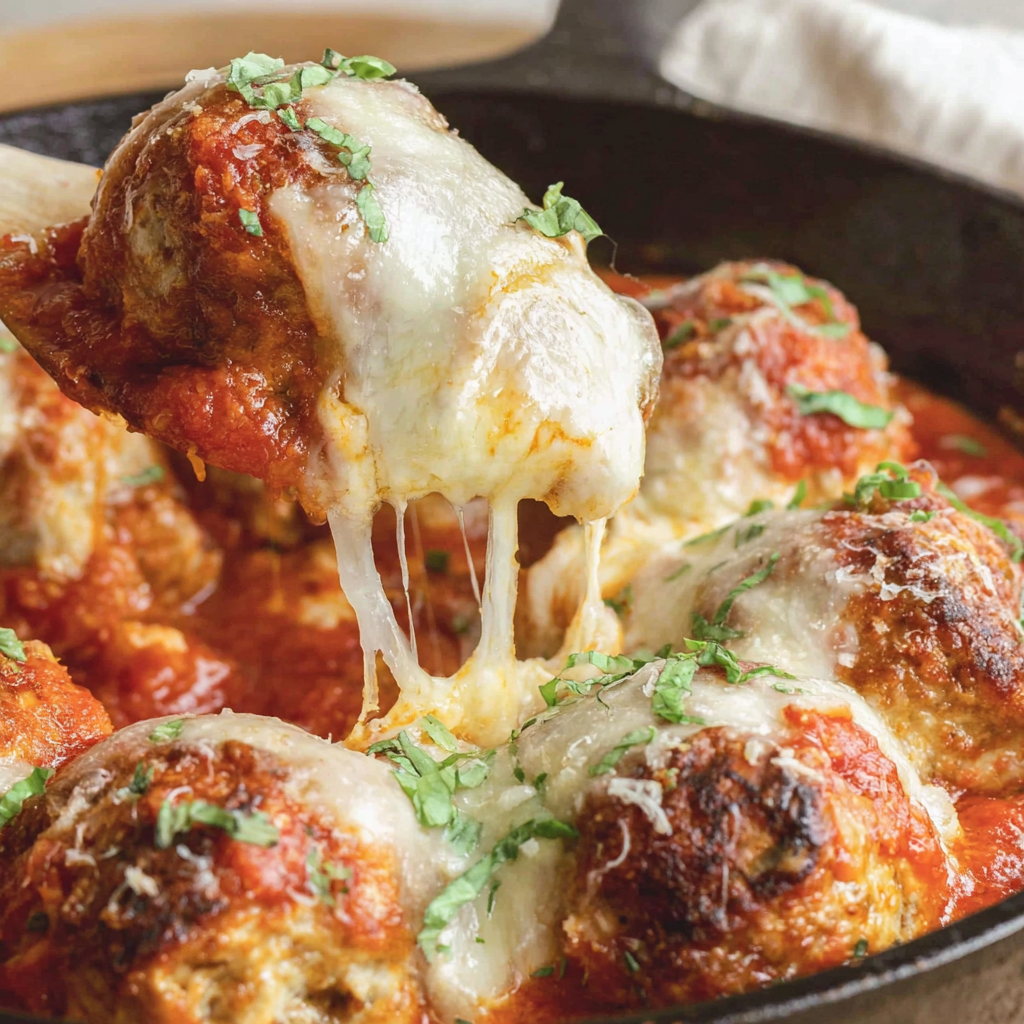
Chicken Meatball Parmesan
Tender chicken meatballs simmered in rich marinara and blanketed with melty mozzarella, bringing all the flavors of chicken parm in cozy, bite-sized form.

Did You Make This?
Leave a comment & rating below or tag @yummique on social media!
Rate This Recipe
Share This Recipe
Enjoyed this recipe? Share it with friends and family, and don't forget to leave a review!
Comments (1)
This recipe looks amazing! Can't wait to try it.
Comments are stored locally in your browser. Server comments are displayed alongside your local comments.
Hi, I'm Amira!
What's Popular
30-Minute Meals!
Join to receive our email series which contains a round-up of some of our quick and easy family favorite recipes.

